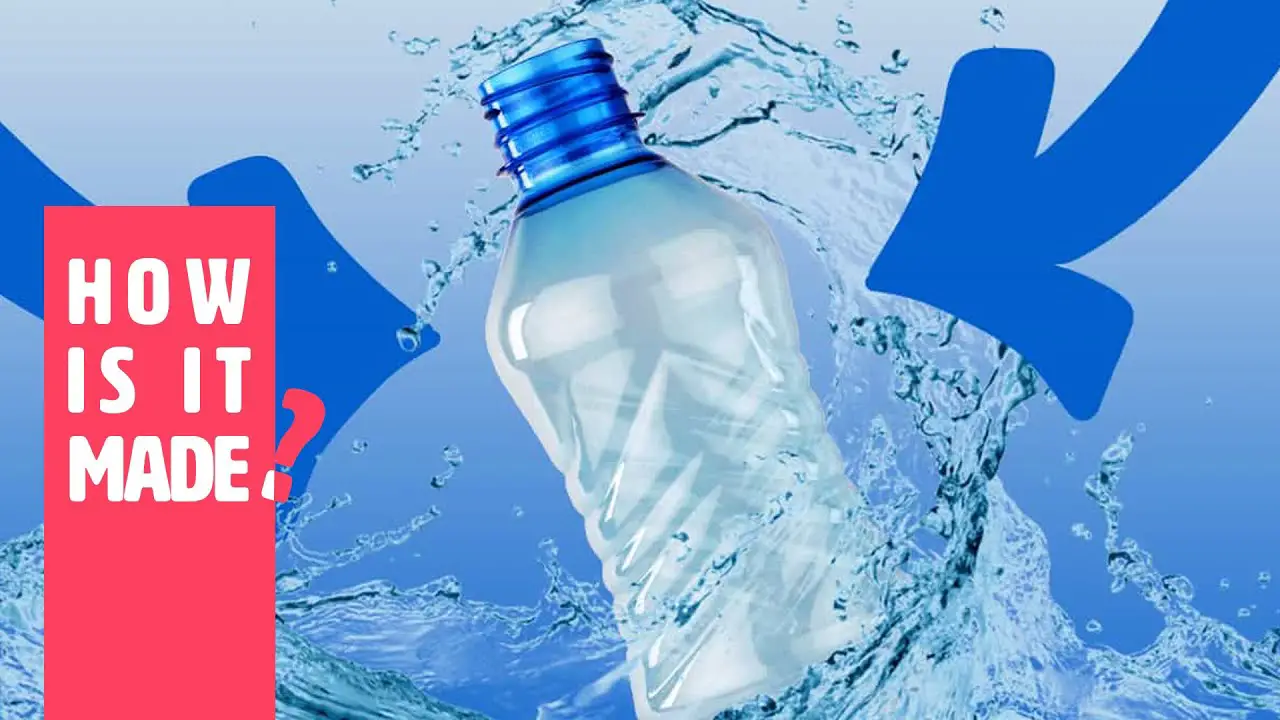
Plastic bottles are made from a wide variety of materials and processes with each type used for an equally wide variety of applications including household products, beverages, and beauty items. Modern plastic manufacturing technology has evolved to the complex and complicated process it is now so individuals interested in becoming well-versed in it are well-advised to enroll in scientific molding seminars.
And perhaps you can also become part of the process involved in the production and distribution of the millions of Coca Cola buttles every day! Just think, too, of your opportunities in the plastics industry as an entrepreneur-cum-proprietor of, say, a plastic manufacturing plant or a plastic recycling facility.
Blending of Materials
Polyethylene terephthalate (PET) is the most common material used in the manufacture of plastic bottles; other materials used are polyvinyl chloride (PVC), polypropylene (PP) and polystyrene (PS). The popularity of PET for plastic bottles designed for food products including carbonated beverages rests on its numerous advantages in comparison with other materials, said advantages of which include:
- excellent barrier against alcohol and essential oils
- Satisfactory chemical resistance although it must be said that ketones and acetones degrade its integrity
- High tensile strength and impact resistance
During the scientific molding seminars, participants will learn that the orienting process improves the abovementioned properties of PET especially the gas and moisture barrier properties. But PET has low resistance in very high temperature applications with its maximum tolerable temperature at 200°F (93°C).
The manufacturing process for plastic bottles is a complicated and complex process requiring specialized knowledge, skills and equipment. The scientific molding seminars are designed to equip participants on the basic, intermediate and advanced steps of the process including but not limited to:
- Terephthalic acid and methanol are combined, which results in water and dimethyl terephthalate.
- Dimethyl terephthalate and ethylene glycol are mixed at temperatures of 305°F, which results in bis 2-hydroxyethyl terephthalate and methanol.
- Bis 2-hydroxyethyl terephthalate is changed into chains of PET plastic and ethylene glycol. The process is known as condensation polymerization, which happens at a 530°F.
Indeed, the millions of Coca Cola buttles every day manufactured everyday starts with the combinations of these chemicals. Keep in mind that handling and storing these chemicals should only be done with the right tools, techniques and technologies as well as knowledge and skills for safety purposes. This is where participation in scientific molding seminars comes in, thus, further emphasizing their importance in the success of plastic manufacturing.
Blow Molding
When the PET has been turned into pellets, it is time to make the transformation into plastic bottles via a process known as injection molding.
- The PET pellets are injection molded into a parison, a thin-walled plastic tube.
- The parison is cooled before being cut to the desired length. It is reheated and then placed into the mold of the finished plastic bottle.
- A steel rod is pressed into the parison and then high-pressure air is applied; the latter presses against the walls of the mold, thus, stretching the PET into the desired shape.
- The stretched and heated PET undergoes crystallization, a process where the molecules are perfectly aligned and the plastic product becomes stronger.
- The mold is cooled down and the plastic removed from it. Trimming of the bottle is done wherein the excess plastic is cut off, which will complete the finishing process.
The finished bottle cannot be completed with its contents and then its labels and screw top are added. The plastic bottle itself can be recycled, thus, making it one of the best eco-friendly materials in the manufacturing industry with the assumption that, indeed, consumers are willing and able to recycle the product.
In all scientific molding seminars, the entire process will be discussed and demonstrated so that the participants will have both theoretical knowledge and practical skills in the plastic manufacturing process. Now that is the true hallmark of a good education in the plastics industry!
